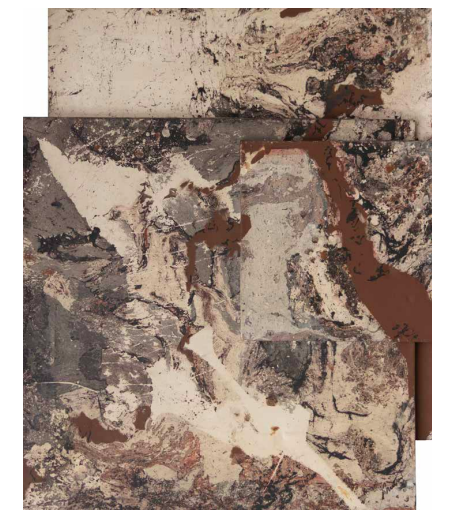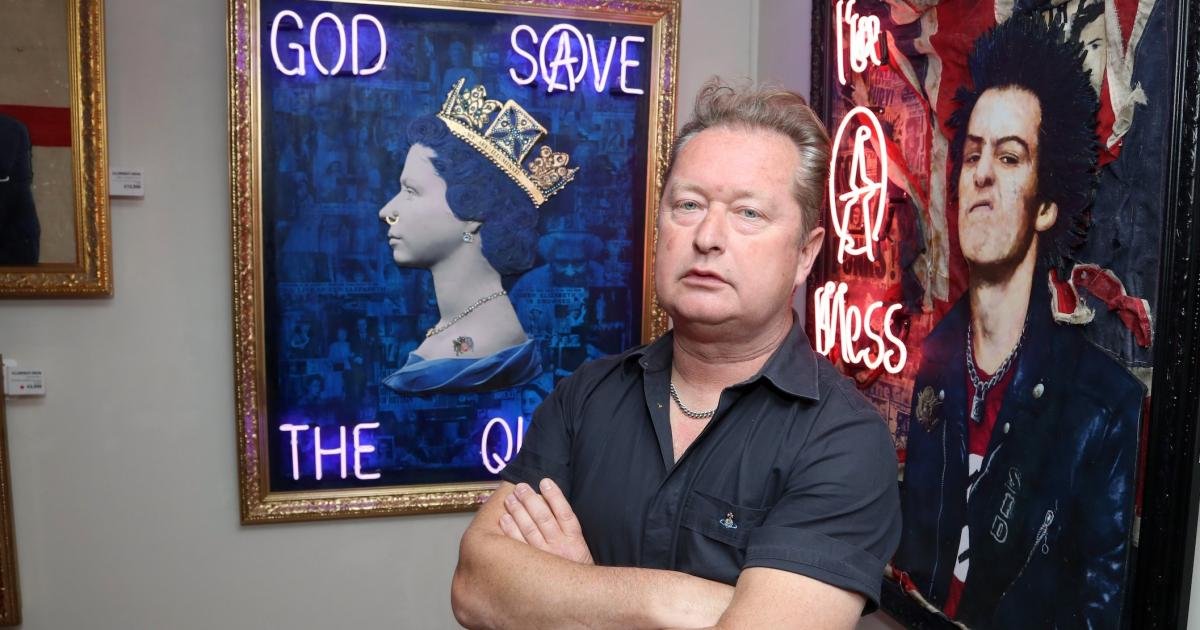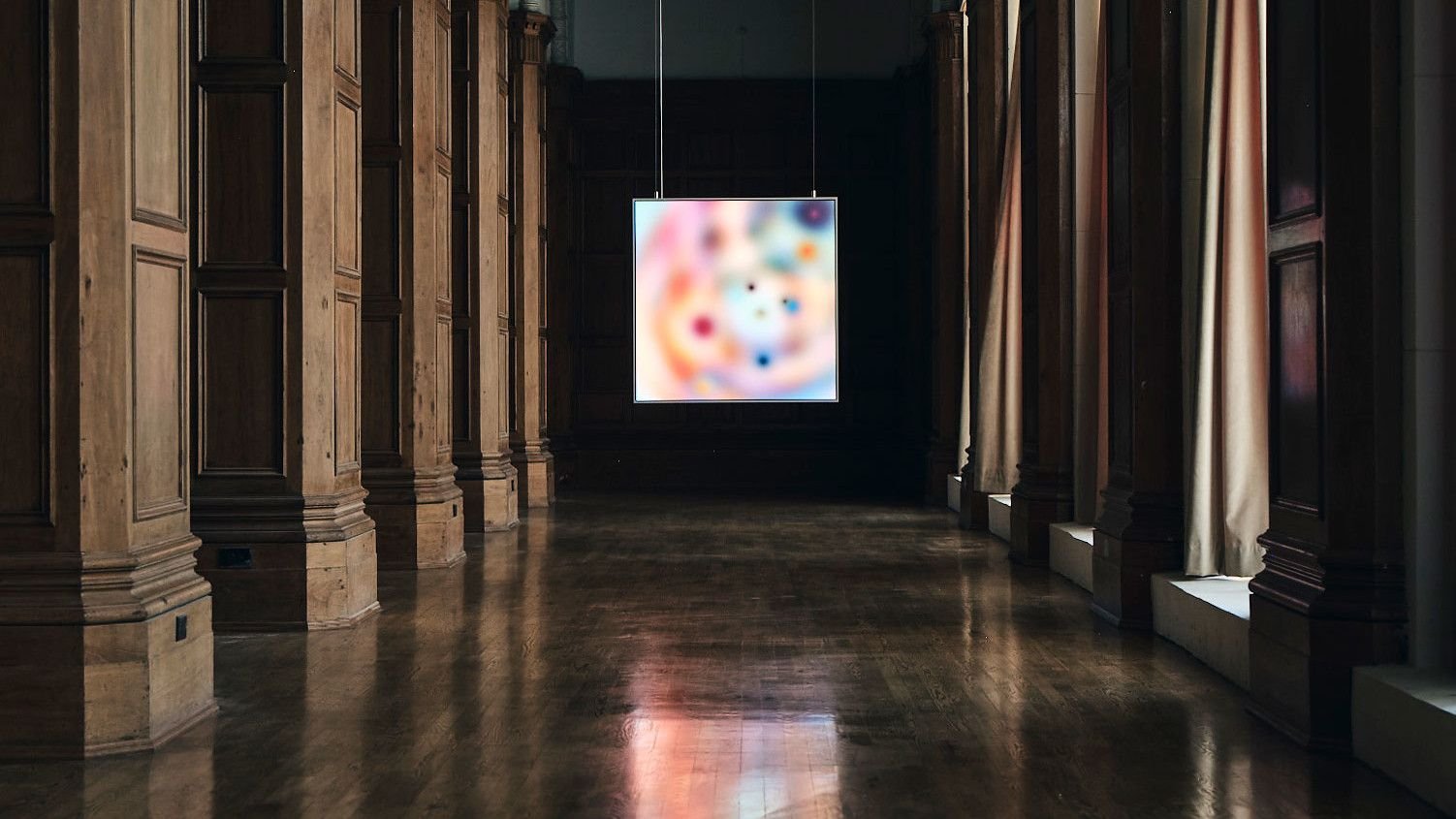Three galleries from Romania and the Republic of Moldova will take part in the contemporary art fair Art Brussels 2025, which takes place until April 27. They are Ivan Gallery (Bucharest), 418 Gallery (Cetate), and Lutniţa Gallery (Chișinău).
The Romanian galleries are part of the fair’s ’68 forward section, which celebrates “diversity, experimentation, and boundary-pushing movements.”
Ivan Gallery’s presentation at the fair focuses on the rediscovery and re-contextualization of two artists who worked during the communist period: Florina Coulin and Adela Petrescu. The selected works, created between the 1950s and 1980s, capture how the two artists documented, through personal means, the transformations of the city against the background of the socialist regime.
418 Gallery showcases works by artists Romul Nuțiu, Vincențiu Grigorescu and Diet Sayler. The theme of the exhibition is abstraction behind the Iron Curtain in Romania in the 1960s and 1970s. It aims to offer “a perspective on artistic resistance and aesthetic innovation in a restrictive political climate.”
The Chișinău gallery will present works by Romanian artists Alex Bodea and Flaviu Cacoveanu in the Discovery section. Lutniţa, which opened in the fall of 2022, is a project initiated by Moldovan artist Andrei Sclifos and benefits from the support of the Plan B Foundation in Cluj, being coordinated by Mihai Pop.
The participation of the three galleries is supported by the Romanian Cultural Institute (ICR).
Every year, Art Brussels brings together more than 165 international galleries and attracts approximately 26,000 visitors. It was founded in 1968 under the name Foire d’Art Actuel / Actuele Kunstmarkt, and renamed Art Brussels in 1997. The success of this event is “underpinned by Belgium’s high number of art collectors, “fostering a dynamic artistic landscape with top-quality galleries and artists supported by a large number of art lovers.”
The artistic practice of Alex Bodea (b. 1981, Cluj-Napoca) has been “deeply influenced by his nomadic experience,” a presentation from ICR reads. His works explore the interactions between image, text, and everyday observation, reflecting on social and cultural realities in various contexts. He has had numerous solo exhibitions, including: “The Fabulous Procession,” White Cuib, Cluj-Napoca (2023); “(Un)seen people,” “The Fact Finder,” Berlin (2018); Berliner Festspiele International Literature Festival, Berlin (2016); “Protection of the Image,” Laika Gallery, Cluj-Napoca (2011); “Draw as if it will have consequences,” Casa Matei Gallery, Cluj-Napoca (2011).
Flaviu Cacoveanu (b. 1989, Cluj-Napoca) is a visual artist active in Cluj-Napoca and Berlin. His artistic practice explores the interaction between image, text, and space through a conceptual and interdisciplinary approach. His solo exhibitions include “Flaviu Cacoveanu,” Lutnița Gallery, Chișinău (2023); “Time flies I don’t,” White Cuib, Cluj-Napoca (2022); “Lazerpresent,” Parliament Gallery, Paris (2022); “Yin Yang Yoyo,” Matca Artspace (2019); “3 new works and a magazine”, Hochschule für Bildende Künste, Braunschweig, Germany (2018); “I’m on the right path but I’ll be 5 minutes late”, White Cuib, Cluj-Napoca (2017); “It’s Happening!”, Lateral ArtSpace, Cluj-Napoca (2014).
The practice of Florina Coulin (b. 1947, Roșiorii de Vede) “reflects the profound transformations of Romanian society during the socialist regime, as well as their impact on the urban landscape and visual expression.” She worked in Romania in the 1970s, a period marked by a brief cultural opening. Her works from the period integrate pop art influences and elements inspired by photography and cinematography, reflecting the younger generation’s interest in experimentation and visual expressiveness. After settling in Germany in 1977, where she became a member of the Augsburg Artists’ Union, she had numerous solo and group exhibitions in France, Germany, Austria, Turkey, and the US.
Adela Petrescu (1927–2019, Bucharest) was a visual artist whose artistic practice emerged amid socio-political difficulties and limited access to the resources necessary for creation. As her origins were considered “unhealthy” by the communist regime, she was forced to interrupt her art studies. In the early 1950s, she married the writer Radu Petrescu and went on to teach in the localities of Dipșa and Prundul Bârgăului between 1951 and 1954. Posthumously, her work was included in the group exhibition “Marginal, Isolated and Excluded” at the Museum of Recent Art (MARe) in 2020.

Romul Nuțiu (Bilbor, 1932 – Timișoara, 2012) is recognized as a main representative of abstract expressionism in Romania. “His inclination towards experimental play extended beyond traditional canvases, giving rise to installations that resemble spatial paintings. He also sought to integrate objects into the planes of his paintings. His body of work is characterized by a ceaseless dialogue between the tangible and the intangible, to which he consistently found harmonious solutions. In the late 1960s, he initiated a new technique that he later called ‘aquatic experience.’ It involves using shallow containers with an immiscible mixture of water and industrial automotive paint.”
Vincențiu Grigorescu (1923, Bucharest – 2012, Liguria) was a Romanian artist who spent much of his career in Italy, where he became drawn to geometric expression and abstraction. In 1972, after several international exhibitions, he requested political asylum in Italy, settling permanently there, between Milan and Castelnuovo Magra (Liguria). In the 1970s and 1980s, he collaborated closely with the gallerist Zita Vismara in Milan, who organized his most important exhibitions of that period. Among his landmark exhibitions is the one in 1975 at the Galleria d’Arte Moderna (GAM), Turin.

Diet Sayler (b. 1939, Timișoara) is known for his contribution to constructivist art. In the early 1960s, Sayler adopted abstract painting, but it was perceived by the communist regime as decadent, which led to his exclusion from official exhibitions. In 1973, he emigrated to Germany, settling in Nuremberg, where, from 1976, he also worked as a teacher. His international debut took place in 1975 at the Grand Palais in Paris, followed by solo exhibitions in Munich, Milan, and Madrid. His works were presented in Western Europe, Brazil, Japan, and the US. After the fall of the Iron Curtain, retrospectives of his work were organized in Eastern Europe, including the Czech Museum in Prague, the Vasarely Museum in Budapest, and the National Museum of Art of Romania in Bucharest.
(Opening image: Florina Coulin, Statuia Aviatorilor, 1976, all images courtesy of ICR)
simona@romania-insider.com







